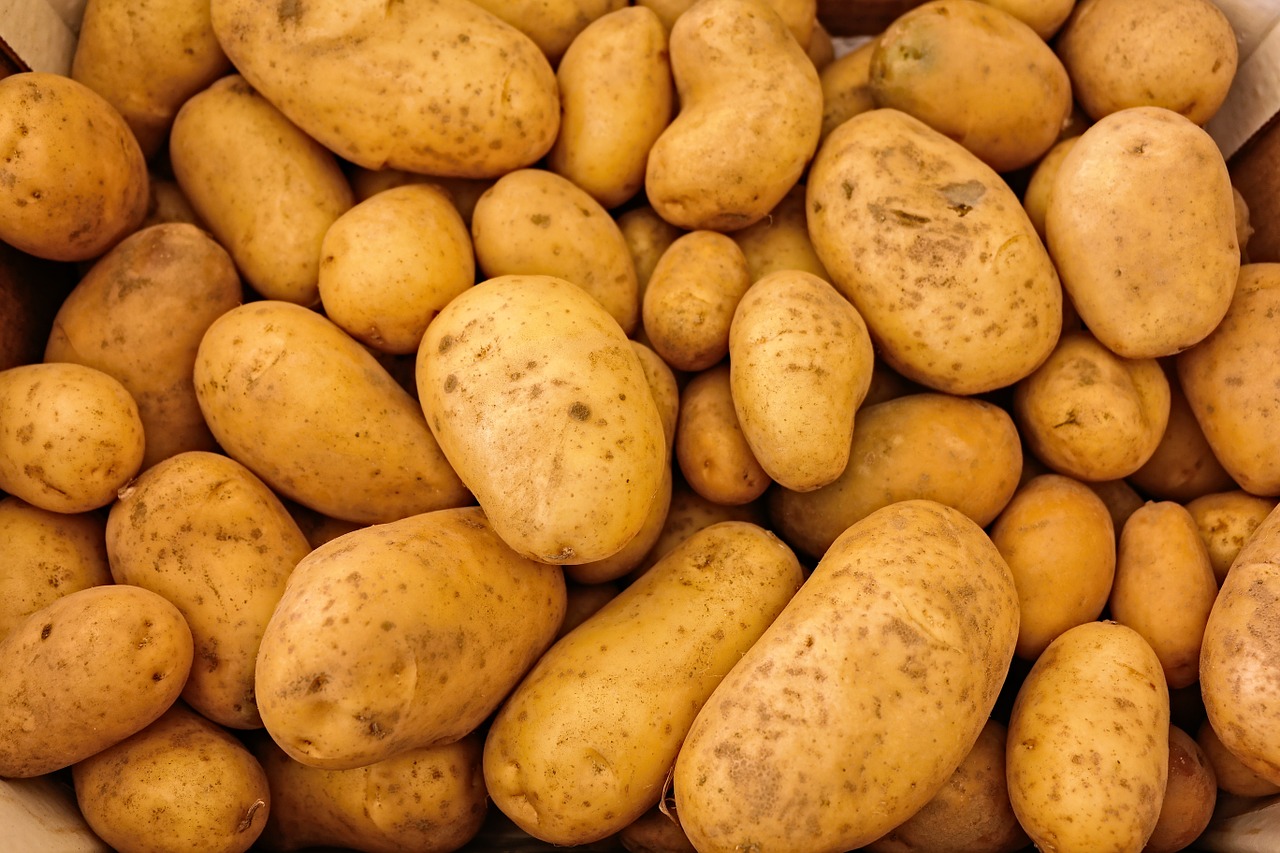
For centuries, potato has been one of the most consumed crops worldwide and the basis of the diet in many countries. Unfortunately, other organisms also enjoy making a living out of this tuber. This is the case of the oomycete Phytophthora infestans (PI) which is responsible for a disease known as Potato Late Blight (PLB)—the most devastating disease affecting this crop. The PI pathogen has been around long enough and has caused serious damages worldwide, including the infamous Irish Famine in the 1840s.
Since the identification and characterization of PI as the agent responsible for the PLB disease, many control mechanisms have been proposed, with the use of fungicides as the most efficient alternative. Among all the fungicides, phenylamide-based molecules such as metalaxyl and mefenoxam have traditionally yielded the best results against PI. Metalaxyl was introduced in the 1970s as a systemic fungicide and has been used extensively against PI mostly because of its ability to inhibit the synthesis of ribosomal RNA, a critical component for the survival of PI and many other pathogens. The increasing popularity of phenylamide fungicides was eclipsed by the appearance of the first resistant isolates of PI by the 1990s when reduced effectiveness of metalaxyl for the control of PLB disease in the USA and Canada was observed.
Since then, metalaxyl-resistant isolates of PI have been continually reported in many countries bringing the attention of the scientific community worldwide. Scientists have tried to understand how PI and other pathogens acquire resistance to such powerful chemicals. Based on scientific research, several theories on fungicide resistance have been proposed, including changes in the metabolism of the pathogen that helps compensate for the effect of the chemical, the activation of an increased efflux system that allows the removal of the fungicide, mutations in the target gene, among others. Still, the PI underlying mechanisms of resistance to metalaxyl have not been fully described.
In a recent study, researchers from the Biotechnological Research Center at ESPOL Polytechnic in Ecuador (CIBE-ESPOL) gave a step forward on this topic to show evidence that membrane impermeabilization might be occurring in resistant isolates of PI, making it difficult for the fungicide to enter the pathogen.
In the study, the scientists worked with a collection of PI that had previously been isolated from diseased potato plants and identified those PI isolates that were resistant to metalaxyl. Surprisingly, the level of resistance to the fungicide was higher than previously reported but still, about 30 % of the isolates remained sensitive to the fungicide. This allowed the scientist to study the metabolism of sensitive and resistant PI isolates exposed to metalaxyl. Using modern tools related to a discipline called metabolomics, researchers found that eight metabolic pathways were changed when PI was exposed to the fungicide.
By analyzing about 490 metabolic compounds, the scientists proposed that a significant increase in the Glycerophospholipid metabolism and fatty acid biosynthesis were the main metabolic pathways enhanced by exposure to the fungicide. Both pathways are highly related to the fluidity of the cell membranes, and an increase of both pathways can enhance the rigidity of the membrane, making it impermeable to metalaxyl. To provide further evidence to this hypothesis, the study showed that no metalaxyl residues were found within the cells of resistant isolates. Results of this study, although interesting are not conclusive, as other metabolic pathways including sugar-related pathways were affected by the exposure to metalaxyl but further research is needed to fully understand the role of all metabolic pathways in the PI resistance to metalaxyl.
These findings are described in the article entitled GC-MS metabolite profiling of Phytophthora infestans resistant to metalaxyl, published in the European Journal of Plant Pathology. This work was led by Juan Manuel Cevallos and Maria Gabriela Mariduena-Zavala from the Centro de Investigaciones Biotecnologicas del Ecuador at the Escuela Superior Politecnica del Litoral (CIBE-ESPOL).









